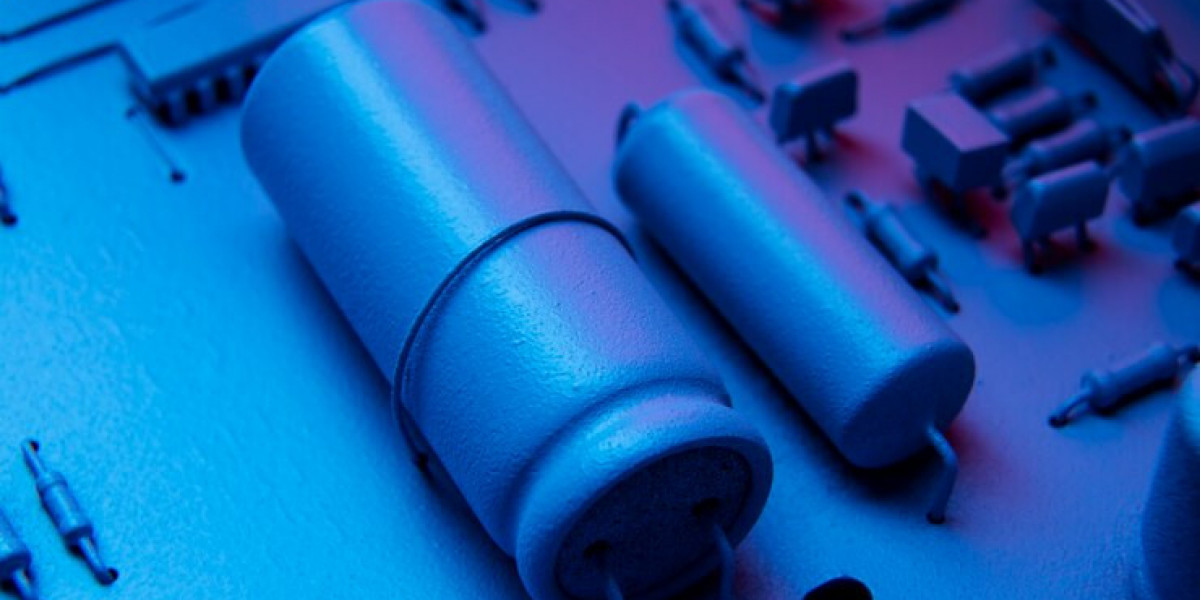Advances in Battery Technology Drive Large Capacity Growth
The growing adoption of electric vehicles and focus on renewable energy is driving significant advances in battery technology. Lithium-ion batteries have emerged as the dominant chemistry due to their high energy density and longer lifespan compared to previous generations of batteries. Continuous research and development is helping to improve battery performance while also lowering costs. Major battery manufacturers are investing heavily to ramp up large capacity lithium-ion production focused on electric vehicles and grid-scale energy storage applications.
Electric Vehicle Battery Demand Surges
Electric vehicle sales have grown rapidly in recent years supported by government policies and initiatives aimed at reducing emissions. Leading automakers are heavily investing in electric vehicles and rolling out new models at scale. This is generating huge demand for Large Capacity Batteries lithium-ion batteries often in the 50-100 kWh range for most electric vehicles. Key battery suppliers like Panasonic, LG Chem and CATL are strategically located near major automaker production facilities and have massive multi-billion dollar battery cell plants planned or under construction. The push for greater driving ranges is also driving battery energy density improvements which allow more power and range from the same battery size.
Grid Energy Storage Gains Momentum
The intermittency of renewable energy like solar and wind is driving interest in grid-scale energy storage solutions to balance supply and demand. Large lithium-ion battery installations are being deployed for applications like providing backup power, load shifting and integrating higher levels of renewable power onto the grid. Use cases range from front-of-meter installations of 100 MW hours or more down to commercial and residential behind-the-meter systems. Projects utilise large capacity battery modules or entire containerised systems typically in the 5-50 MWh range. Major battery providers, utility companies as well as specialist energy storage project developers are increasingly active in this space. Favourable public policies and cost declines are supporting the ramp up of grid battery deployments worldwide.
Advances in Cathode Materials and Cell Design
Continuous materials research and engineering innovation is helping push the performance boundaries of lithium-ion batteries. Advancements in cathode materials allow greater lithium storage capabilities which directly correlate to higher energy densities. For example, nickel-rich and high-nickel cathodes are gaining adoption for their improved gravimetric and volumetric energy compared to earlier NCA and NMC designs. Cell component and format engineering also play a key role. Pouch, prismatic and cylindrical cell form factors are optimised for different applications. Developments like silicon-carbon composite anodes enable longer cycle life and faster charging while utilizing space more efficiently. These advances are enabling the production of very large capacity battery packs and modules for electric vehicles and stationary storage.
Cost Reduction Drives Scale and Adoption
At the same time, battery manufacturers are steadily driving down costs through improved manufacturing techniques, material efficiencies, economies of scale and leveraging process learning curves. The ramp up of dedicated "gigafactories" for mass production of large capacity lithium-ion cells has accelerated cost declines. As battery pack prices fall below $100/kWh threshold and towards $80-90/kWh range, the economics become favourable for wider electric vehicle adoption without subsidies. For grid storage applications, costs below $150/kWh are making projects economically viable especially with higher energy pricing. This downward cost trajectory, combined with technology advancements, is set to drive exponential growth in demand for large capacity lithium-ion batteries across multiple sectors in the coming years. Major markets like Europe, China and North America have all launched large stimulus programs to bolster domestic battery production and supply chains. Stakeholders across industries are making strategic investments to capitalize on this vast market opportunity. With continuous R&D and manufacturing scale-up underway, lithium-ion technology seems poised to become the leading large capacity energy storage solution for automotive, grid and other industrial applications well into the next decade.
Assessment of Large Capacity Battery Supply Chains
One key area of scrutiny is assessing the global supply chain capabilities to rapidly and reliably meet the projected surge in demand for large capacity lithium-ion batteries. Major battery materials like lithium, cobalt, nickel, manganese and graphite still have concentrated supplier bases in select regions prone to supply disruptions and price volatility. This has highlighted the need to diversify supplies and ensure responsible sourcing. Similarly, precursor and cathode production remains dominated by a handful of international players with expansion plans. Cell manufacturing capacity is rapidly scaling, but the ability of battery suppliers to consistently achieve planned ramps while maintaining high product quality needs close monitoring. Suppliers are also looking to localize more of their operations to serve major EV and energy storage markets. Cross-border collaboration will be critical to strengthen supply chain resilience as demand exponentially grows. Overall, while global markets and manufacturers have mobilized resources towards building out battery capacity, achieving smooth and timely execution of these large investments will determine whether supply can match the expected demand growth.
rapid advances in lithium-ion battery technology combined with manufacturing scale-up have spurred huge growth in demand for large capacity battery systems. From electric vehicles to grid energy storage, stationary applications and more, lithium-ion is emerging as the dominant large-scale energy storage solution of the coming decade. Continuous R&D efforts as well as manufacturing experience curves are driving performance, lifetime and cost improvements. However, achieving stable and secure supplies of battery materials as well as scaled-up cell production remain key priorities as global demand soars exponentially within automotive and grid-scale storage markets. With massive industrial investments underway, realization of battery supply chain expansion plans will determine final uptake and cost dynamics across applications. Overall, lithium-ion technology seems well positioned to power sustainable energy and mobility growth through large capacity deployments if manufacturing and supply efforts can match the projected demand surge in the coming years.
Get More Insights On-Large Capacity Batteries Market
Get This Report In Japanese
Get This Report In Korean
About Author:
Priya Pandey is a dynamic and passionate editor with over three years of expertise in content editing and proofreading. Holding a bachelor's degree in biotechnology, Priya has a knack for making the content engaging. Her diverse portfolio includes editing documents across different industries, including food and beverages, information and technology, healthcare, chemical and materials, etc. Priya's meticulous attention to detail and commitment to excellence make her an invaluable asset in the world of content creation and refinement.
(LinkedIn- https://www.linkedin.com/in/priya-pandey-8417a8173/)









